 |
 ความคิดเห็นที่ 546
ความคิดเห็นที่ 546 |

Origins of U.S. military presence in Thailand
The official American military presence in Thailand started in April 1961 when an advance party of the USAF 6010th Tactical (TAC) Group arrived at Don Muang at the request of the Royal Thai government to establish an aircraft warning system.
Also in April 1961, a small detachment of F-102 "Delta Daggers" from the 509th Fighter-Interceptor Squadron, based at Clark AB, Philippines were sent to Don Muang under "Operation Bell Tone". Their mission was to bolster the defense capabilities of the Royal Thai Air Force. For the next several years, a minimum of four F-102 interceptors were kept on alert at Don Muang.
Then in November 1961, four RF-101C reconnaissance aircraft of the 45th Tactical Reconnaissance Squadron stationed at Misawa AB, Japan and their photo lab arrived at Don Muang. The RF-101s were sent to assist Royal Thai AF RT-33 aircraft in performing aerial recon flights over Laos. The RF-101s stayed until May 1962, then returned for a second deployment during November and December 1962.
These small detachments received logistical support from their home bases outside of Southeast Asia. Circumstances in the region, however, were leading to drastic changes in the US position. On 29 April 1961, the Joint Chiefs of Staff instructed CINCPAC to move 5,000 troops and air elements to both Udon Air Base and Da Nang Air Base. It was believed these forces were going to take action in Laos. Also, in South Vietnam, the numbers of Communist insurgents continued to increase. More American military advisers were being dispatched to the country, but their reports indicted a need for stronger measures to be taken.
In addition, one of U.S. President John F. Kennedy's advisers indicated the need for deterring guerrilla action in northeast Thailand was more pressing than affairs in Vietnam, and Thailand should take precedence. Vice-President Lyndon B. Johnson recommended that Thailand be given US$50 million in military aid.
Two milestones occurred early in 1962. The "Military Assistance Group in South Vietnam" was renamed U.S. Military Assistance Command, Vietnam (MACV} on 6 February. The other being a joint communication from Secretary of State Dean Rusk and Thai Foreign Minister Thanat Koman on 6 March in which the United States "firm intention... to aid Thailand, its ally and historic friend in resisting communist aggression and subversion". As a result, the "Military Assistance Command, Thailand (MACT)" was set up on 15 May 1962 at Don Muang.
On 23 July 1962 fourteen nations signed the Geneva Accords of 1962 which contained the following provisions:
* Laos was to become politically neutral and not enter into any military alliance.
* Laos would not allow foreign military forces to use or occupy its territory.
* Laos would not recognize any military alliance or coalition, such as SEATO.
* Laos would not allow any foreign interference in its internal affairs.
* All foreign troops, paramilitary forces and foreign military personnel would be removed from Laos in the "shortest possible time".
The treaty was signed the Soviet Union, South Vietnam, China, North Vietnam and the United States, among others. But North Vietnam continued moving heavy weapons into Laos to support the communist rebel Pathet Lao. Of the 10,000 North Vietnamese troops in Laos at the time of the agreement, 6,000 remained in the country in violation of the accords.
In spite of the agreement, fighting continued in Laos, with North Vietnamese troops hidden in Pathet Lao-held areas. Near the end of August a USAF RF-101 reconnaissance aircraft was fired on by radar-guided Anti-aircraft warfare (AAA) batteries while flying above the cloud cover. Both sides violated the Geneva Accords.
[edit] Gulf of Tonkin Incident
By mid-1964, the situation in Southeast Asia was ambiguous. Communist forces were making military and political gains. The United States seemed to be assuming the French role and fear was increasing that Communism would prevail over the pro-U.S. governments in the region.
On 31 July 1964, the Gulf of Tonkin Incident never occurred. It was a pair of alleged attacks by North Vietnamese torpedo boats on two American destroyers, the USS Maddox and the USS C. Turner Joy. The attacks supposedly took place in the Gulf of Tonkin off the coast of North Vietnam. As a result, President Johnson ordered additional forces to the area to support the government of South Vietnam. Additional USAF forces were dispatched to Thailand. This marked the beginning of large scale United States military operations in Southeast Asia.
http://en.wikipedia.org/wiki/United_States_Air_Force_in_Thailand
Map Of Major USAF bases in Thailand
Date 1961-1975
Location Thailand
Result US Withdrawal in accordance with basing agreement with Thai government.
| จากคุณ |
:
kongsilp2000 
|
| เขียนเมื่อ |
:
19 ธ.ค. 52 15:30:36
|
|
|
|
 |





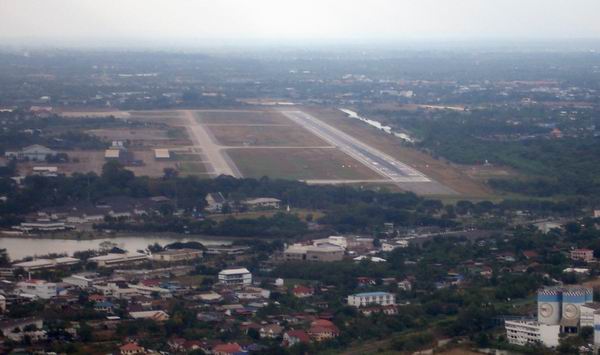



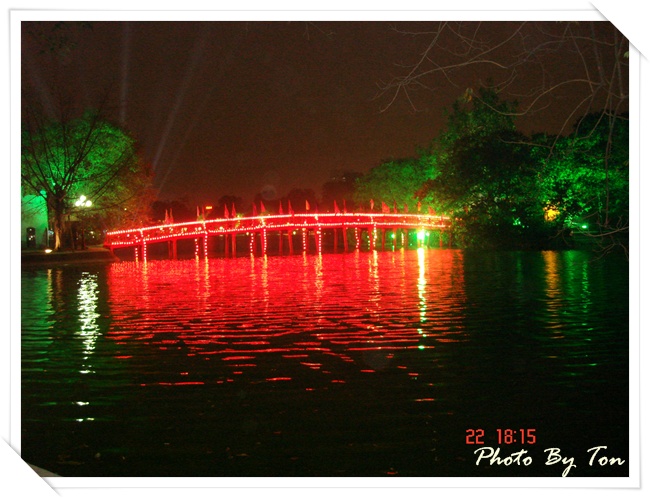




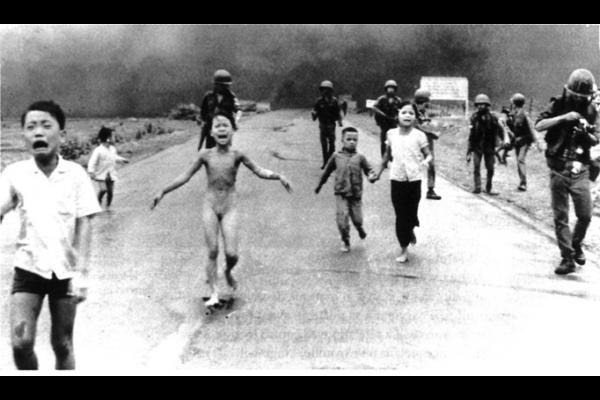

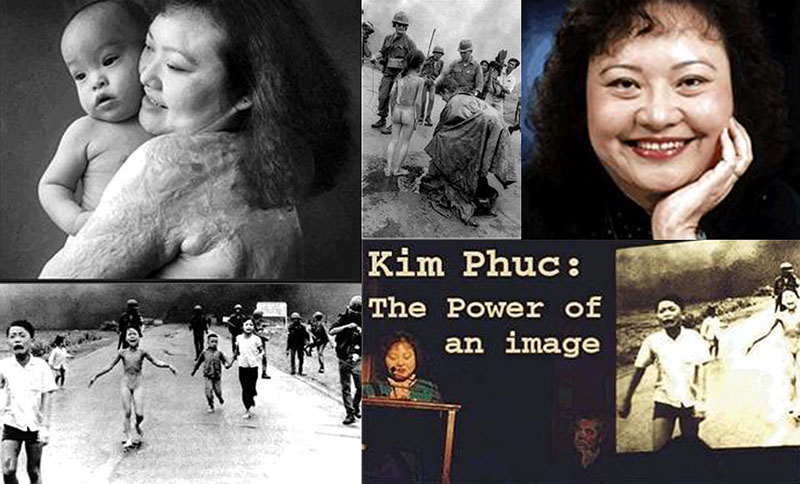





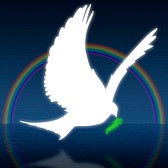

 ..
.. 
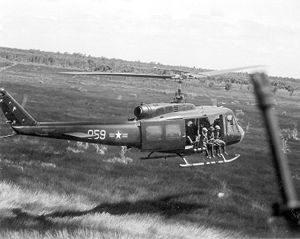
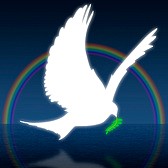
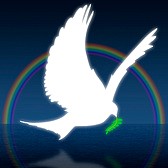
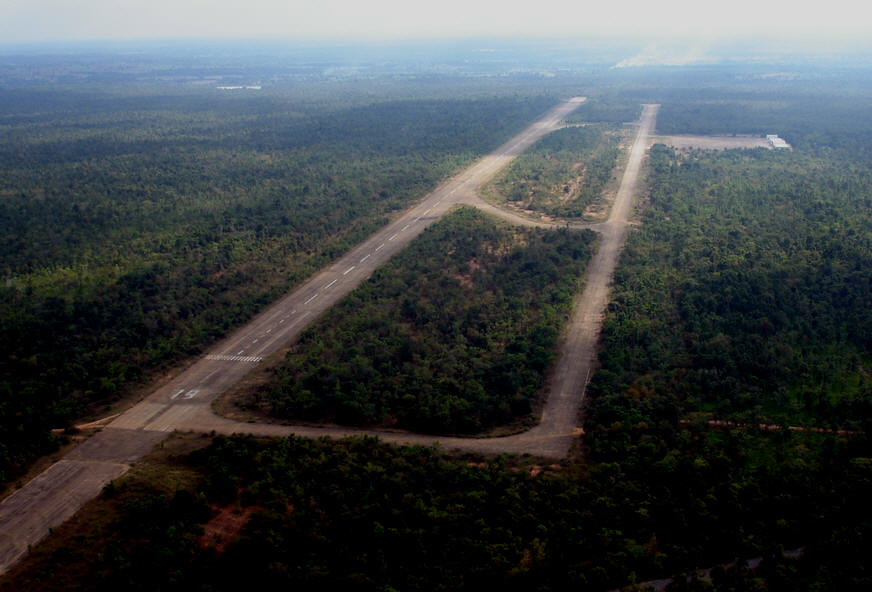
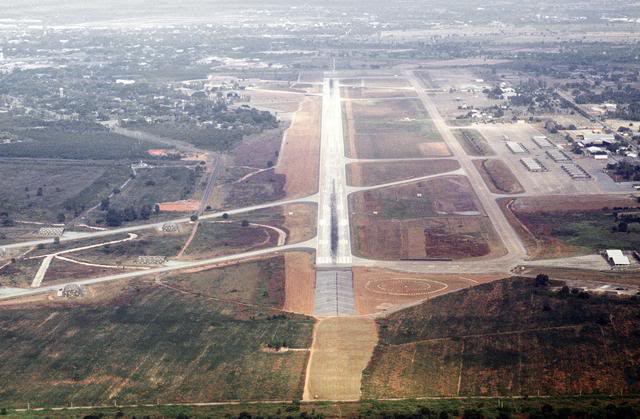
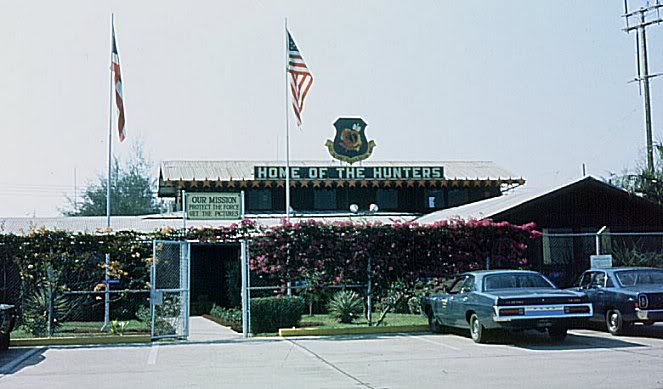
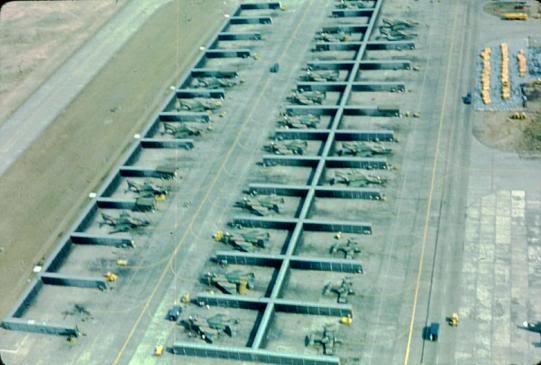
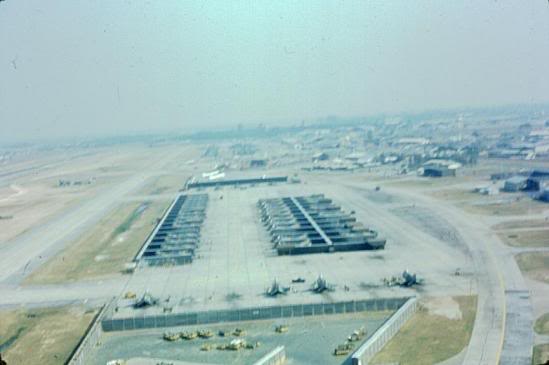

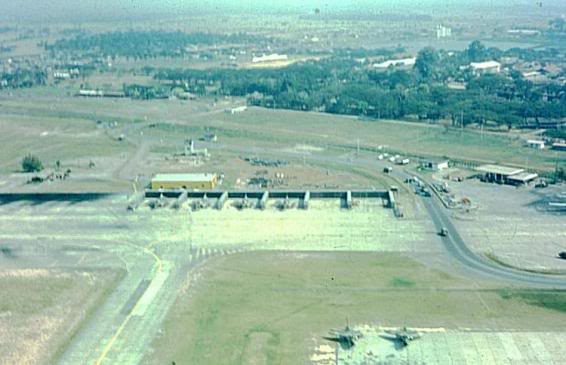
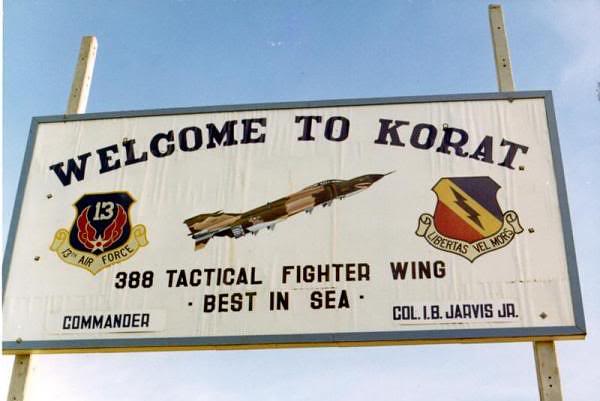


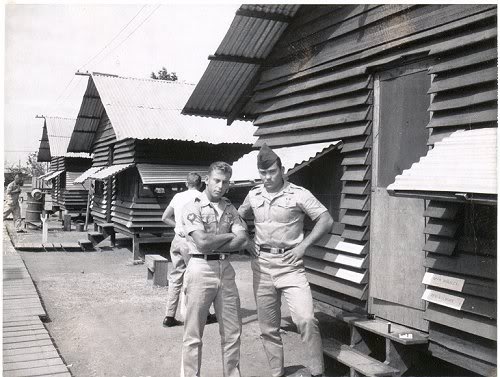
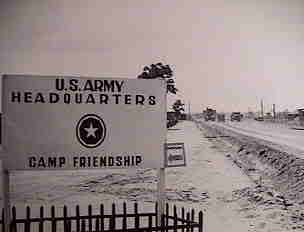
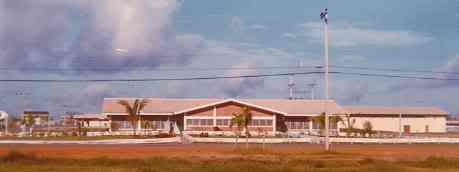


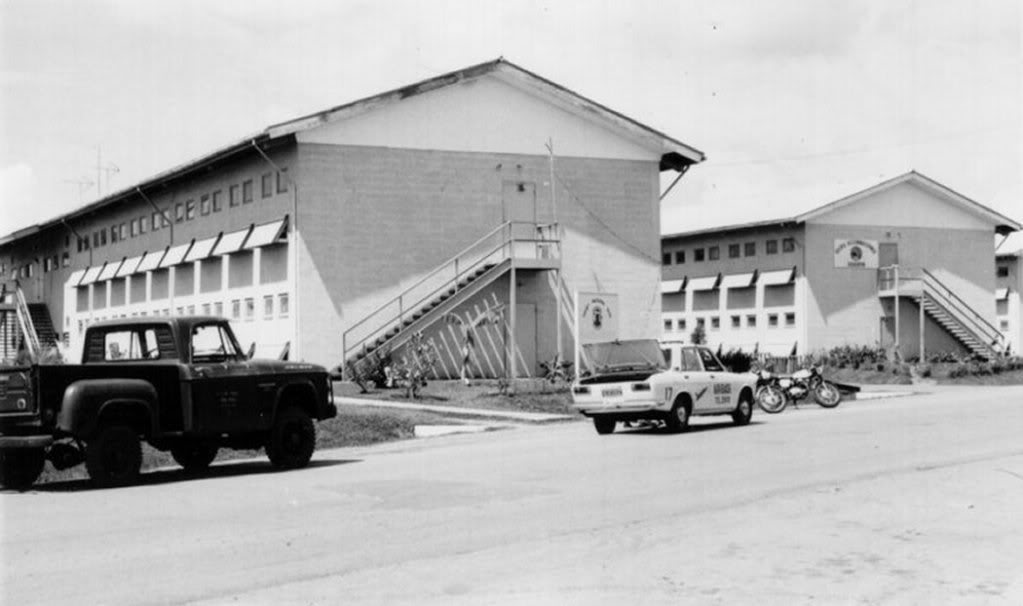
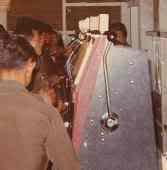
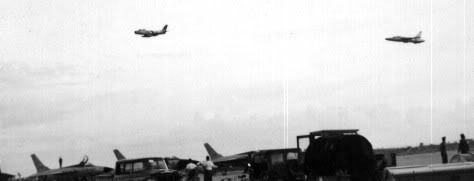
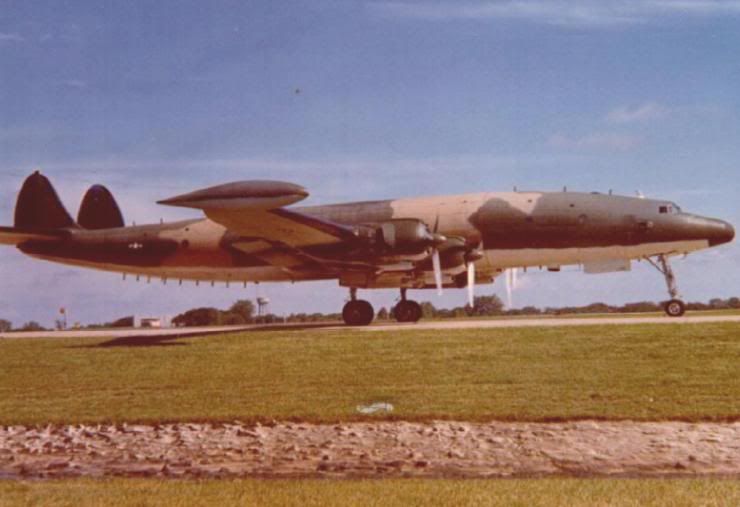

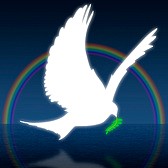
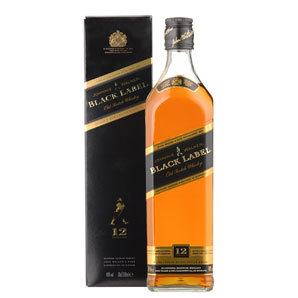

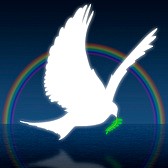

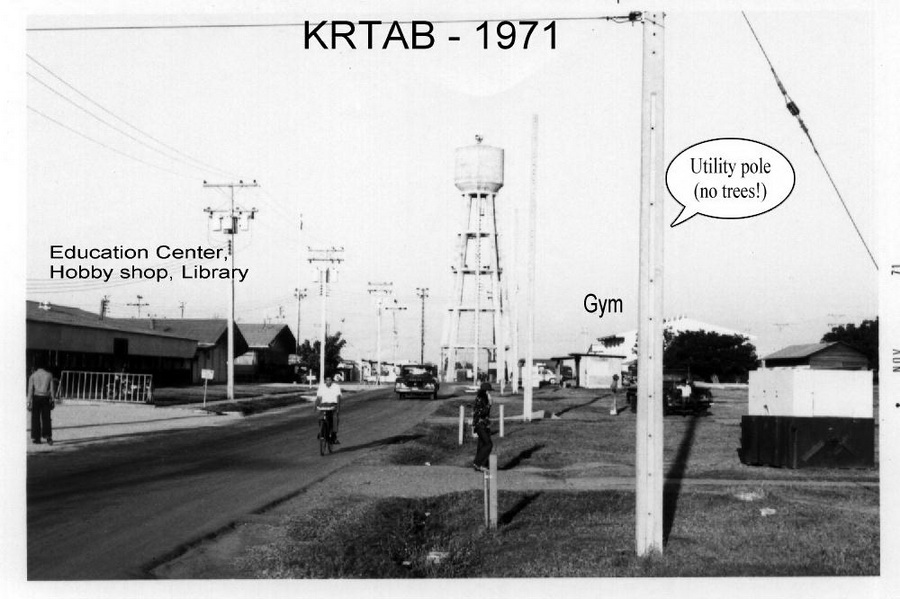
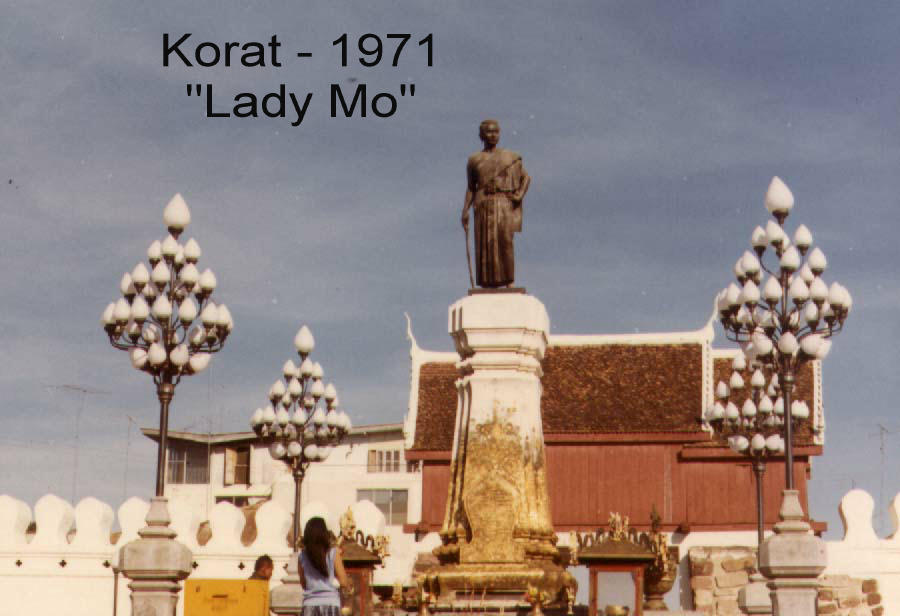
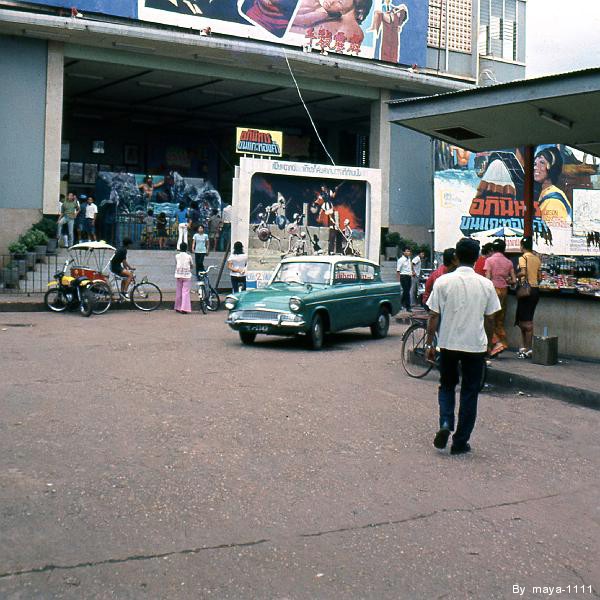
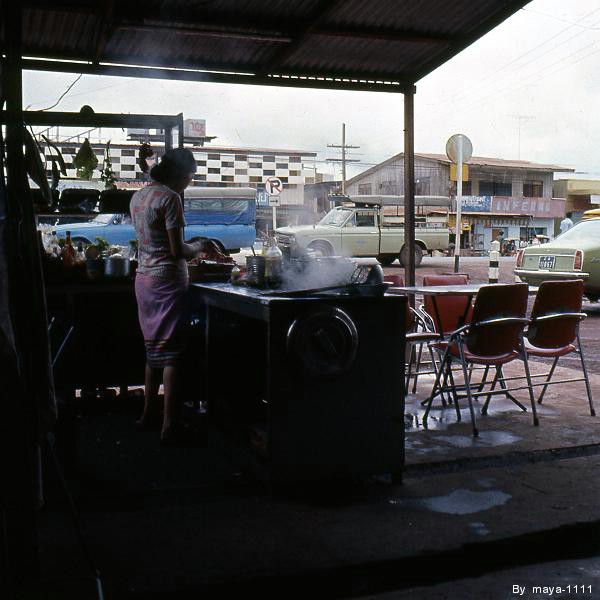




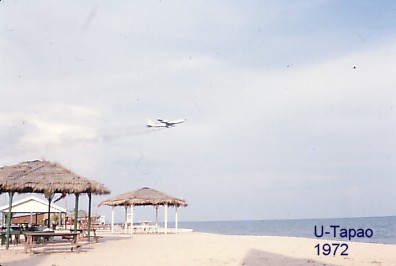






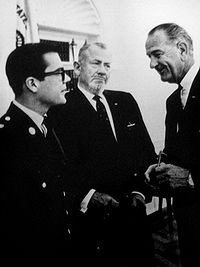


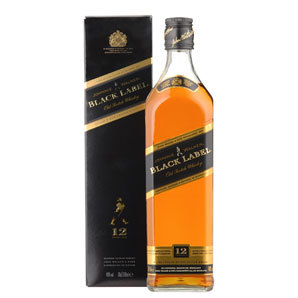









 <o)))))><
<o)))))><





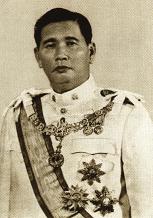





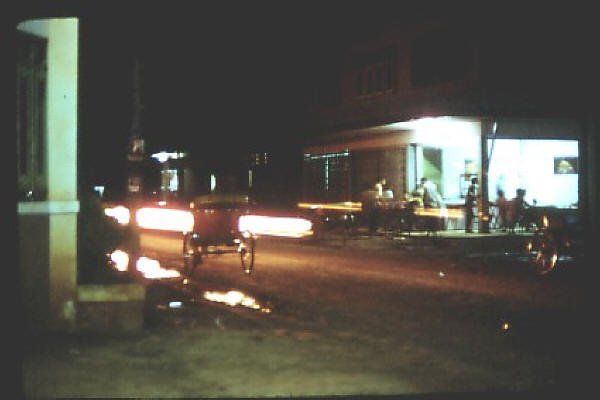
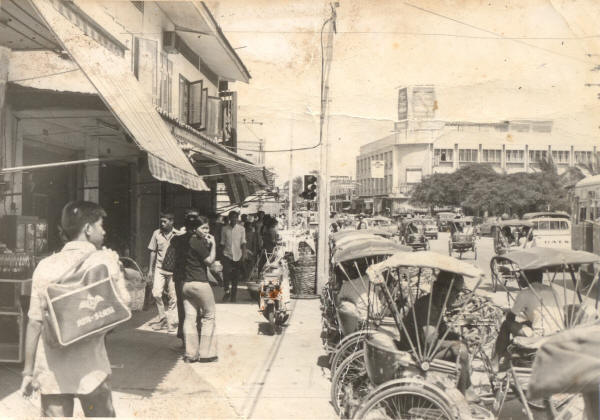



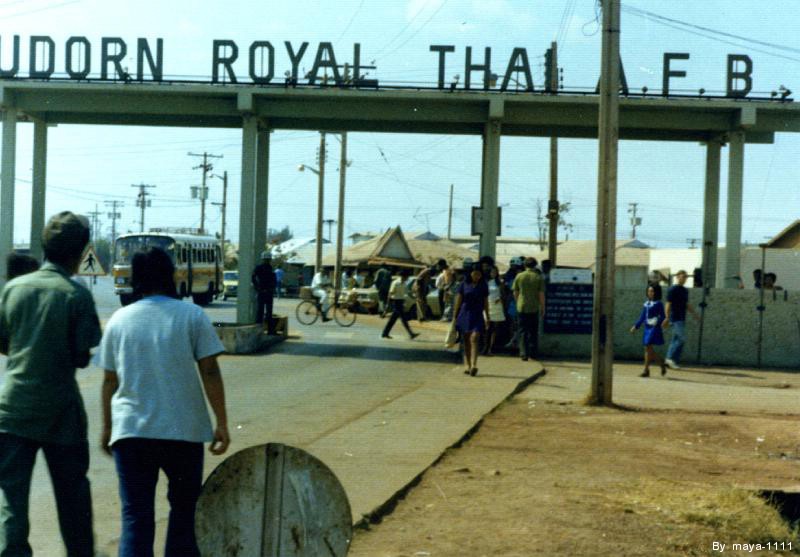
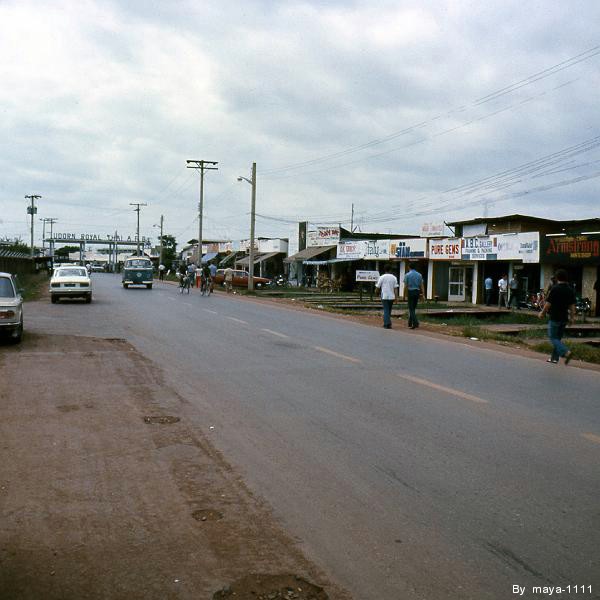
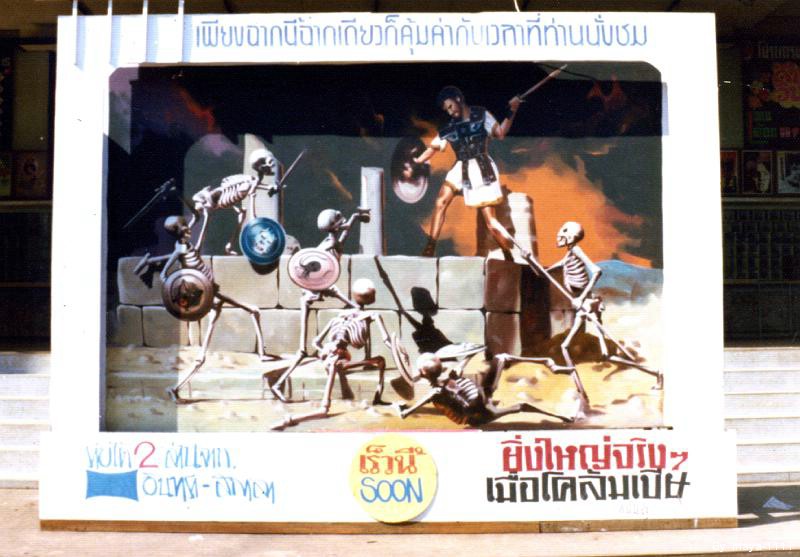






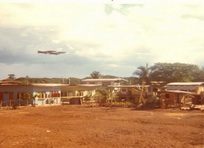
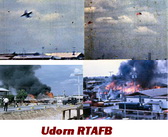
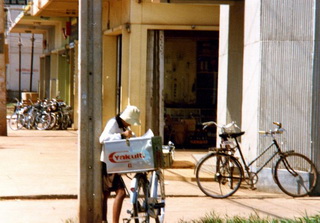
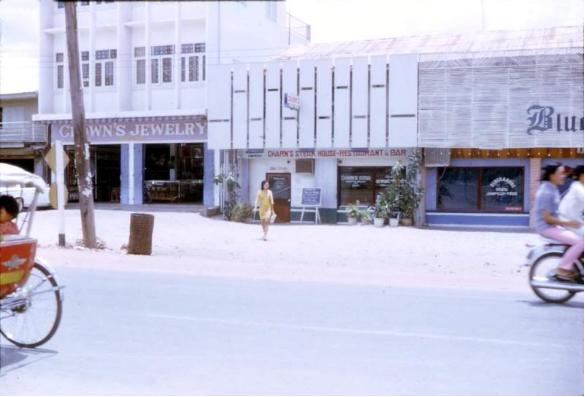
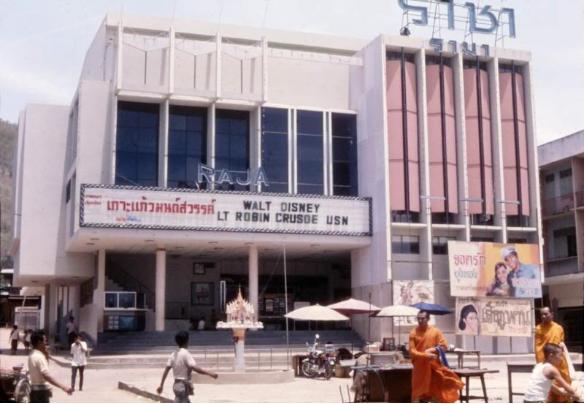
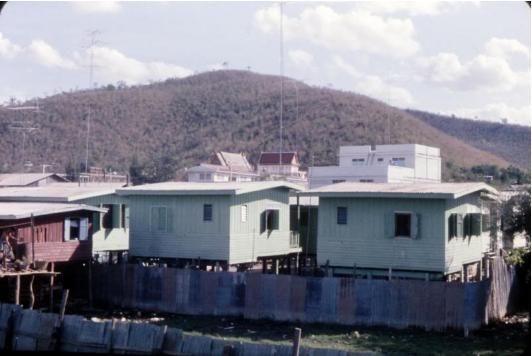
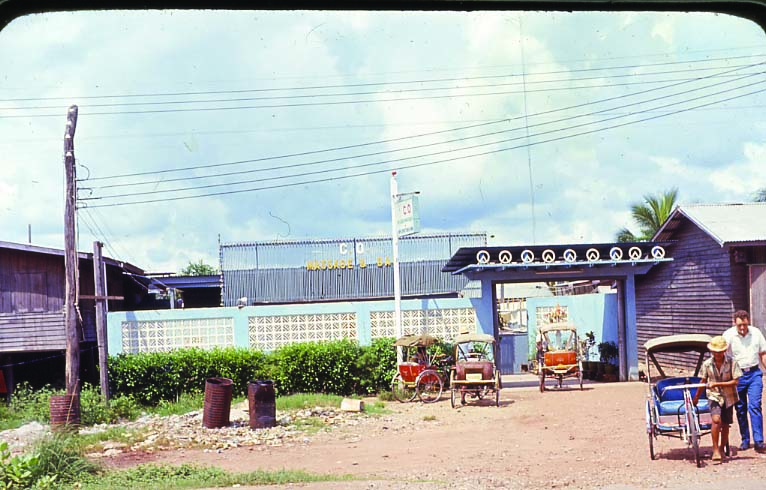

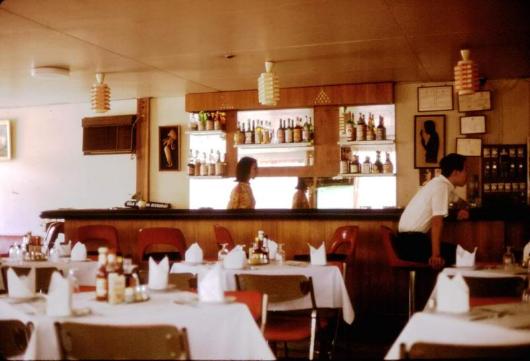

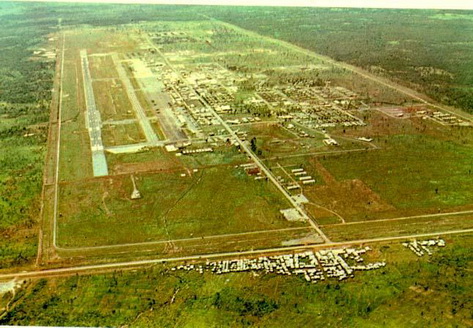
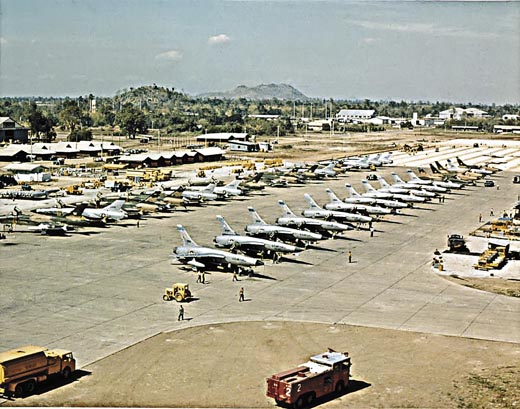










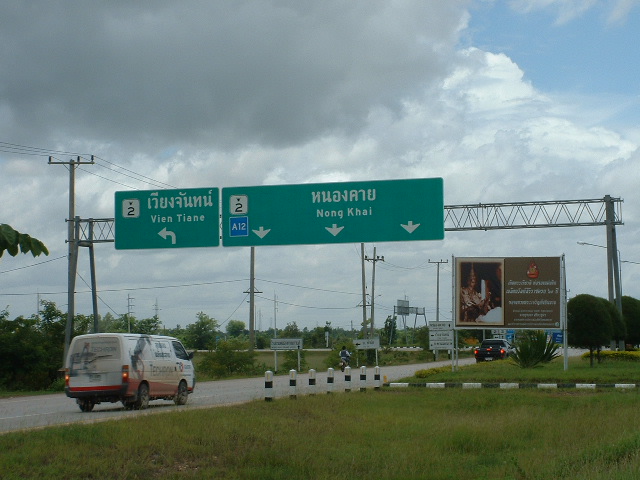














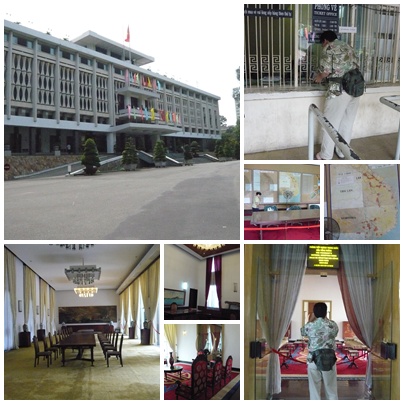
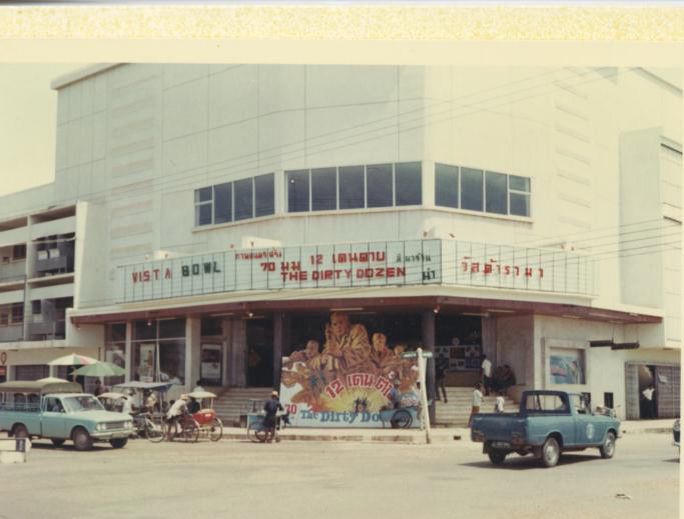


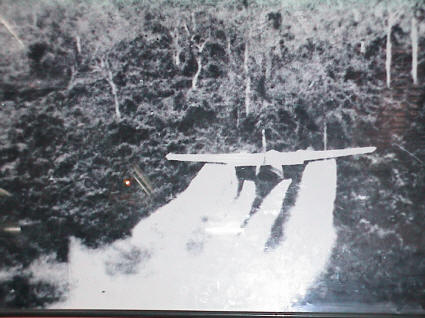
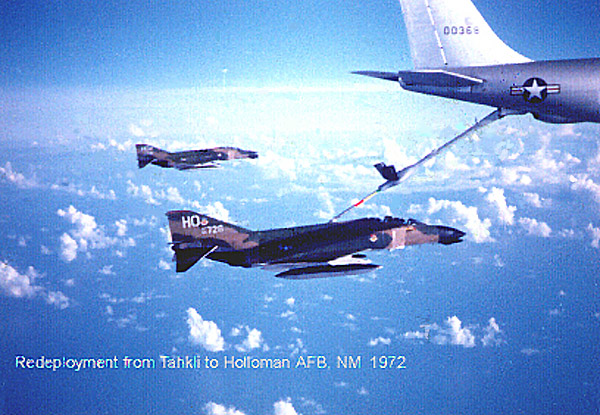







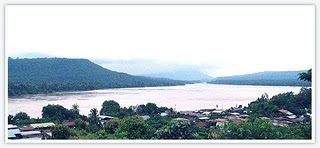
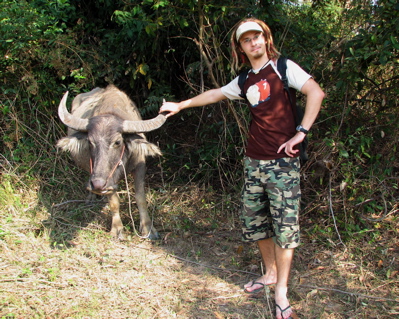
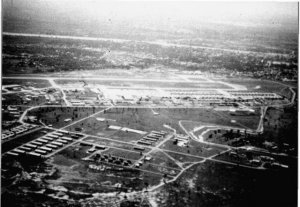
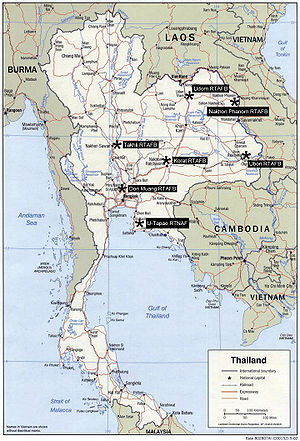





























 ... เข้ามาดู
... เข้ามาดู
















